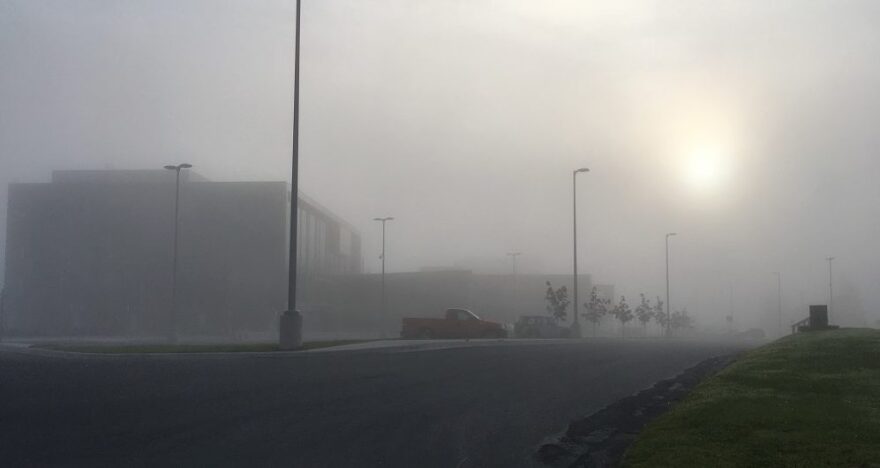Listen to this story;
The state budget signed by Governor Dunleavy in June sends $1.18 million to the Kodiak Island Borough School District. That was expected, according to the district’s chief financial officer Sandy Daws. But it doesn’t recoup KIBSD’s fund balance, which was drawn down $2 million this budgeting cycle.
“It’s a dangerous piece to get into. Because then the next year, you’re already starting your budget in a deficit, because you had to balance your revenue and expenditures,” Daws said.
School districts – like private citizens – tap into their savings in times of economic distress. But they have different rules governing their savings accounts; they’re not supposed to be particularly large. Instead, their “fund balance” as it’s called, is meant to bridge any gaps that might emerge in a school budget over the course of a year.
Money tucked away in the fund balance absorbs any number of economic stressors that could emerge over the school year. According to Daws, there have been more than usual during COVID.
“For us going into a school year, winter is something that we have to be very careful of. And of course, right now it’s fuel prices. And that was something that none of us were- in our personal life- ready for,” Daws said.
The school district also relies on the fund balance to bridge unexpected gaps in state funding. In May, the Kodiak Island Borough Assembly approved the school district’s request to raise its annual assistance money – so it didn’t have to dig too deep into the fund balance. But as enrollment – and therefore state funding – declines and staff costs increase year over year, the district has to rely heavily on its reserves.
The fund balance has just under $1 million dollars remaining in it, according to Daws, but there’s more money coming soon – when the audit is completed in September, the district will be able to roll what’s left over from Fiscal Year 2022 into the fund balance.


